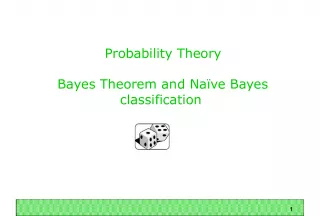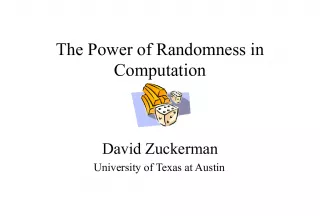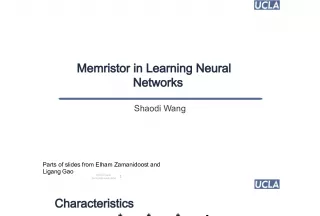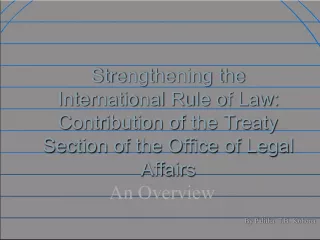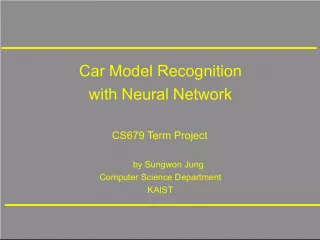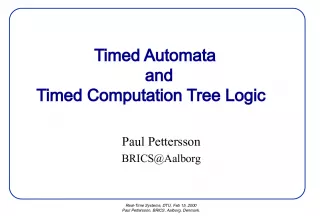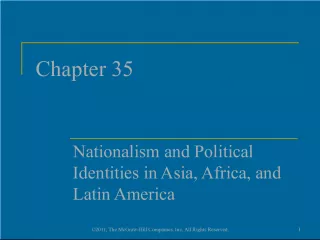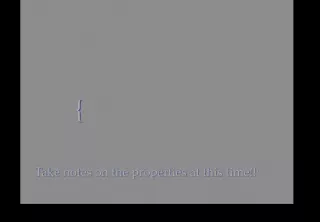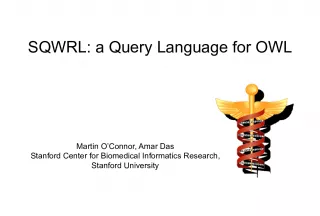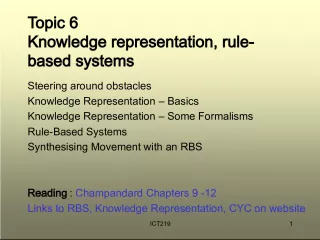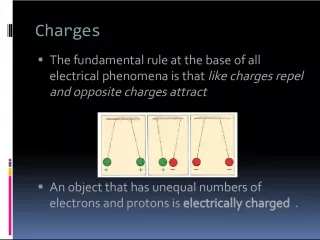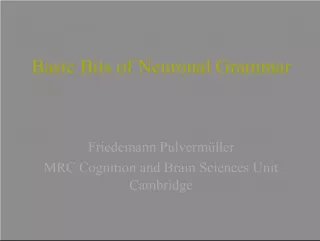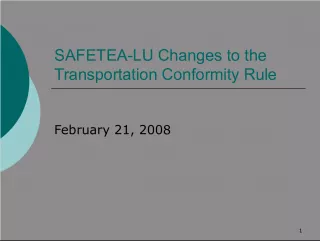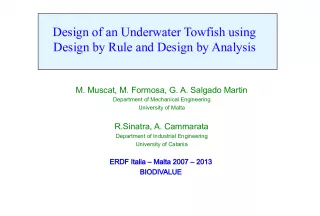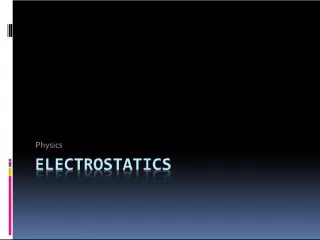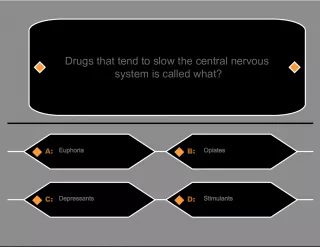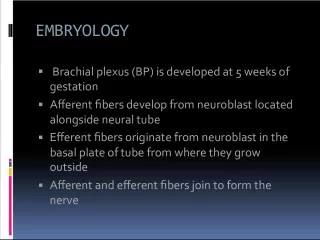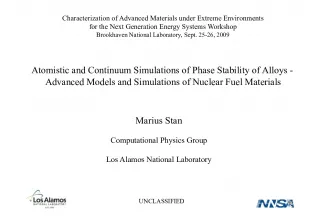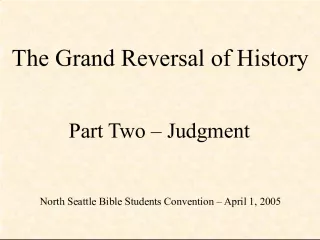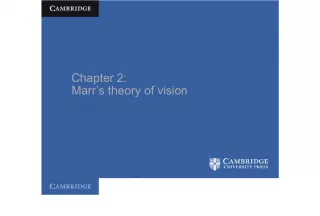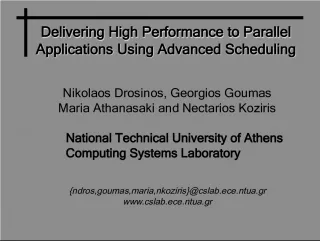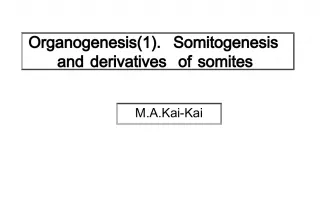Understanding Neural Computation and Bayes Rule
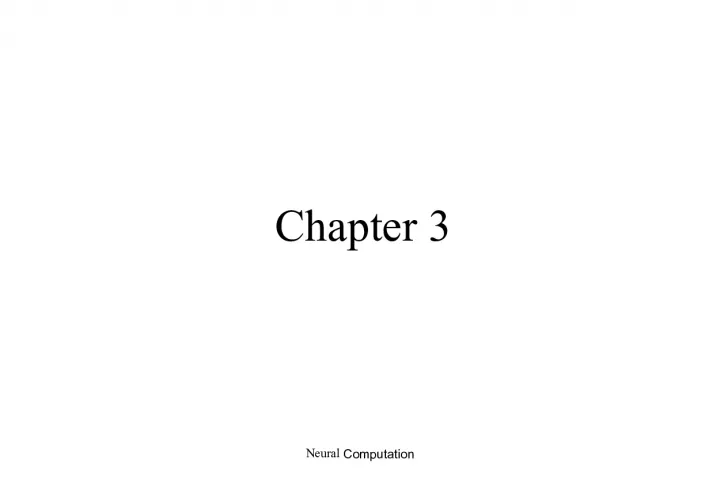

This article explores the concept of neural computation, including Bayes rule and its various applications such as population decoding and ROC curves. It compares behavioral and neural responses on a discrimination task using Neyman Pearson Lemma. Examples from the cricket cercal system and monkey M1 motoneurons are used to illustrate the optimal decoding methodology and its relation to the population vector, Fisher information, MAP, and Bayesian estimates.
- Uploaded on | 0 Views
-
 elwanda
elwanda
About Understanding Neural Computation and Bayes Rule
PowerPoint presentation about 'Understanding Neural Computation and Bayes Rule'. This presentation describes the topic on This article explores the concept of neural computation, including Bayes rule and its various applications such as population decoding and ROC curves. It compares behavioral and neural responses on a discrimination task using Neyman Pearson Lemma. Examples from the cricket cercal system and monkey M1 motoneurons are used to illustrate the optimal decoding methodology and its relation to the population vector, Fisher information, MAP, and Bayesian estimates.. The key topics included in this slideshow are neural computation, Bayes rule, population decoding, ROC curves, Fisher information,. Download this presentation absolutely free.
Presentation Transcript
1. Neural Computation Chapter 3
2. Neural Computation Outline Comparison of behavioral and neural response on a discrimination task Bayes rule ROC curves Neyman Pearson Lemma Population decoding Cricket cercal system Monkey M1 motoneurons Optimal decoding MAP and Bayesian estimates Relation to population vector Fisher information
3. Neural Computation Bayes rule Let s denote a stimulus and r=(r 1 ,,r N ) denote the response of one or more neurons. We define The stimulus probability p(s) The response probability p(r) The joint probability p(r,s) and conditional probabilities p(r|s) and p(s|r) Bayes rule:
4. Neural Computation Discrimination of movements Stimulus is moving dot pattern with variable % of coherently moving dots. Monkey behavioral forced choice task to report direction of motion (+ or -) as a function of coherence in the stimulus (filled circles) Monkey decides on basis of neural response. Open circles are optimal discrimination performance given the neural response data
5. Neural Computation Two alternative forced choice
6. Neural Computation
7. Neural Computation Optimal decision: ROC curve The classification requires the definition of a threshold. The threshold z affects the classification performance: Define the false alarm rate (size) =p(r>z|s=-) and hit rate (power) =p(r>z|s=+) ROC (receiver operating characteristic) plot (z) vs. (z) Area under curve s d / classification performance: is random guessing 1 is perfect classification
8. Neural Computation Two alternative forced choice Given a stimulus s=+ and the response in two neurons p+ and p-, That give rates r+ and r- respectively. Stimulus is classified by the highest rate. What is the probability of correct classification?
9. Neural Computation Two alternative forced choice White circles are p(correct) as a function of stimulus coherence Monkeys response is as if based on two alternative forced choice
10. Neural Computation Discriminability
11. Neural Computation Discriminability (details) Discuss ex. 3.1
12. Neural Computation Likelihood ratio
13. Neural Computation Neyman-Pearson Lemma
14. Neural Computation Neyman-Pearson Lemma
15. Neural Computation Neyman-Pearson Lemma
16. Neural Computation Cricket cercal system Consider response of a population of neurons p(r 1 ,,r N |s) Consider a stimulus that is parametrized by a continuous value Cricket cercal system Hair cells send spike when deflected by wind 4 inter-neurons receive input from thousands of hair cells
17. Neural Computation Cricket cercal system
18. Neural Computation Cricket cercal system
19. Neural Computation Monkey primary motor cortex (M1)
20. Neural Computation Monkey primary motor cortex (M1)
21. Neural Computation Optimal decoding
22. Neural Computation Optimal decoding
23. Optimal decoding details log p(r|s) \propto \sum_{a=1}^4 (r_a-f_a(s))^2 Assume f_a(s)=c_{ai} v_i Then log p(r|s) as a function of v has maximum at Sum_{ja} c_{ia} c_{ja} v_j = sum_a c_{ia} r_a This is the MAP estimate Bayesian estimate requires p(s|r) which is a normalized version of p(r|s) as a function of s. Neural Computation
24. Neural Computation Bayesian vs. Population vector decoding
25. Neural Computation Bayesian vs. Population vector decoding
26. Neural Computation Bayesian vs. Population vector decoding
27. Neural Computation Bias and variance
28. Neural Computation Bias and variance
29. Neural Computation Fisher information
30. Neural Computation
31. Neural Computation Fisher information
32. Neural Computation Fisher information
33. Neural Computation Fisher information
34. Neural Computation
35. Neural Computation
36. Neural Computation S_est=sum_i a_i r_i sum_i a_i=1 r_i is unbiased estimator of s < s_est > = sum_i a_i s= s Sigma^2_est=sum_i a_i^2 sigma^2 A_i =1/n -> Sigma^2_est = sigma^2/n optimal A_i different is suboptimal.
37. Neural Computation Fisher information
38. Neural Computation Fisher information
39. Neural Computation
40. Neural Computation Spike Train decoding
41. Neural Computation Spike Train decoding
42. Neural Computation Spike Train decoding
43. Neural Computation Summary Decoding of stimulus from response Two choice case Discrimination ROC curves Population decoding MAP and ML estimators Bias and variance Fisher information, Cramer-Rao bound Spike train decoding
44. Neural Computation
45. Neural Computation
